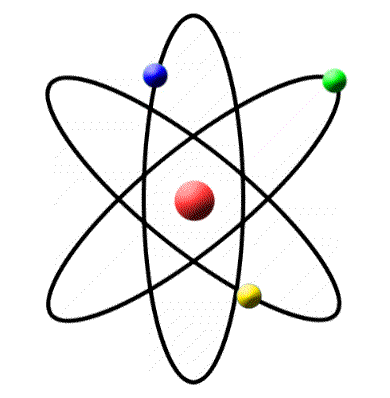In $He-Ne$ laser, population inversion takes place between energy levels of neon atoms.
Helium atoms have a meta - stable energy level.
- If both assertion and reason are true and reason is the correct explanation of assertion
- If both assertion and reason are true but reason is not the correct explanation of assertion
- If assertion is true but reason is false
- If both assertion and reason are false
The Correct Option is B
Solution and Explanation

Top Questions on Atoms
- Prove that, in the Bohr model of the hydrogen atom, the time period of revolution of an electron in the \( n \)-th orbit is proportional to \( n^3 \).
- The distance of closest approach of an alpha particle from a nucleus when the alpha particle moves towards a nucleus with a kinetic energy 'E' is 'x'. The distance of closest approach when the alpha particle approaches the same nucleus with kinetic energy 0.4E is
- The ratio of frequencies of second line of Lyman series and third line of Balmer series of hydrogen atom is:
- The ratio of wavelengths of second line in Balmer series and the first line in Lyman series of hydrogen atom is
- Describe the atomic model of Rutherford. How did Bohr model removed its drawbacks?
Questions Asked in AIIMS exam
- Given that the surface charge density on a sphere is 200 μC/m2, what is the electric field at the surface of the sphere?
- AIIMS - 2024
- Electrostatics
- Which of the following is a crystalline solid?
- AIIMS - 2024
- The solid state
- Which of the following is a globular protein?
- AIIMS - 2024
- Biomolecules
- 1028 grams of seawater sample contains 7 mL of dissolved oxygen ($ \text{O}_2 $). What is the concentration of oxygen in parts per million (ppm)?
- AIIMS - 2024
- Environmental Chemistry
- Explain why ortho-nitrophenol is more steam volatile than para-nitrophenol.
- AIIMS - 2024
- Hydrogen Bonding
Concepts Used:
Atoms
- The smallest unit of matter indivisible by chemical means is known as an atom.
- The fundamental building block of a chemical element.
- The smallest possible unit of an element that still has all the chemical properties of that element.
- An atom is consisting of a nucleus surrounded by one or more shells of electrons.
- Word origin: from the Greek word atomos, which means uncuttable, something that cannot be divided further.
All matter we encounter in everyday life consists of smallest units called atoms – the air we breath consists of a wildly careening crowd of little groups of atoms, my computer’s keyboard of a tangle of atom chains, the metal surface it rests on is a crystal lattice of atoms. All the variety of matter consists of less than hundred species of atoms (in other words: less than a hundred different chemical elements).

Every atom consists of an nucleus surrounded by a cloud of electrons. Nearly all of the atom’s mass is concentrated in its nucleus, while the structure of the electron cloud determines how the atom can bind to other atoms (in other words: its chemical properties). Every chemical element can be defined via a characteristic number of protons in its nucleus. Atoms that have lost some of their usual number of electrons are called ions. Atoms are extremely small (typical diameters are in the region of tenths of a billionth of a metre = 10-10 metres), and to describe their properties and behaviour, one has to resort to quantum theory.